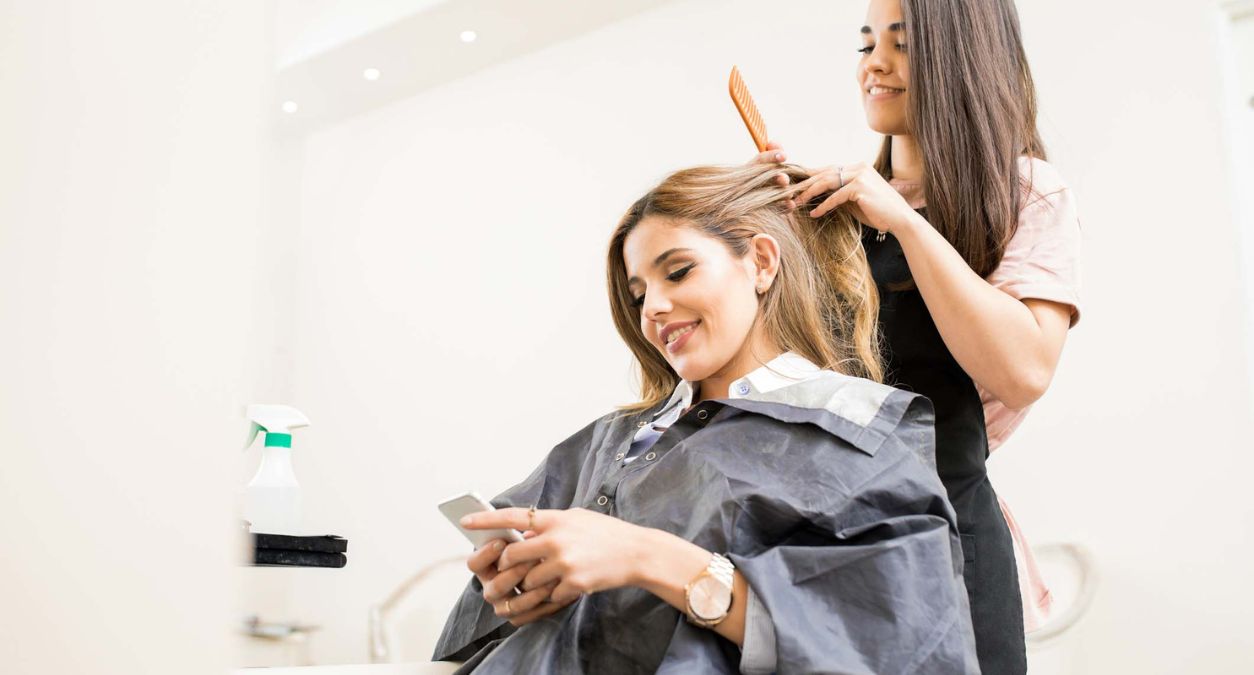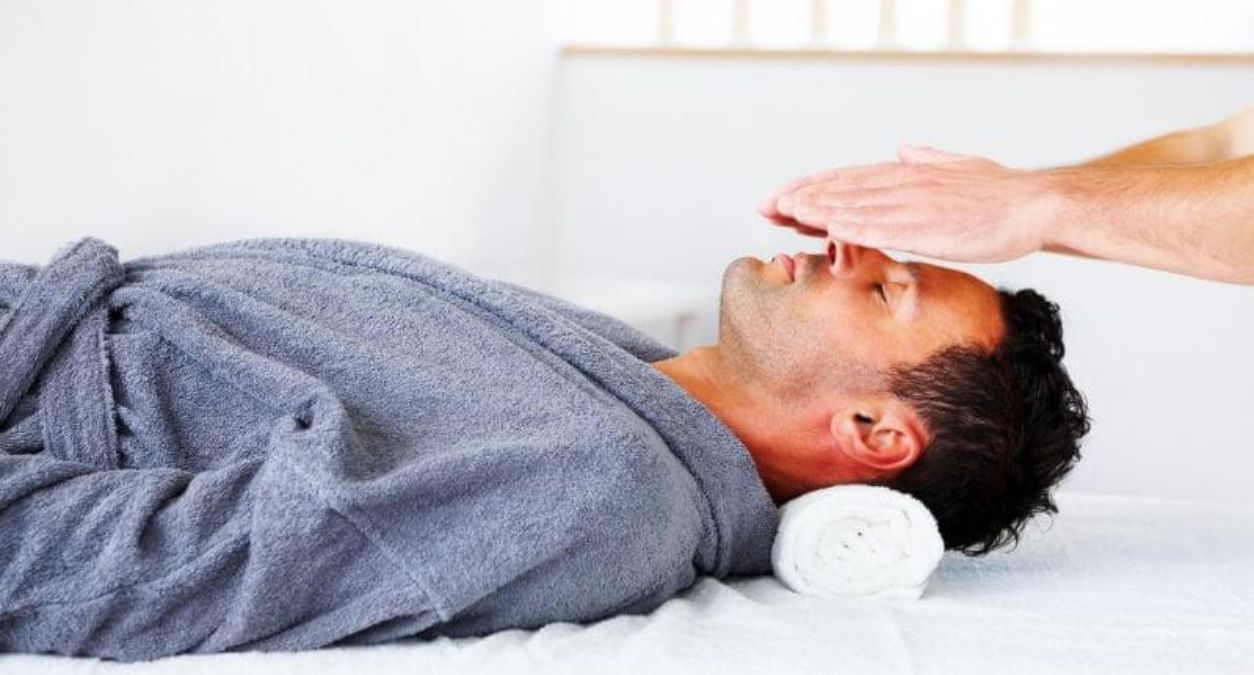Table of contents
Craft fairs are great events to showcase your products. There are likely to be various fairs throughout the year ranging from craft fairs at school events to Wedding or Christmas Craft Fairs. Some might also have fabulous themes that you can adopt for your own stall, it is certainly worth researching the event, the stallholders and the visitors expected to find the Craft Fair that is most suited to you and your business.
So, you have chosen your event, booked and designed your craft stall, made your products and are ready to sell. But what else should you consider when selling at Craft Fairs?
Here are 5 important things to remember for your next Fair:
Get Stallholder Insurance from Protectivity
*Disclaimer – This blog has been created as general information and should not be taken as advice. Make sure you have the correct level of insurance for your requirements and always review policy documentation. Information is factually accurate at the time of publishing but may have become out of date.
Last updated by









